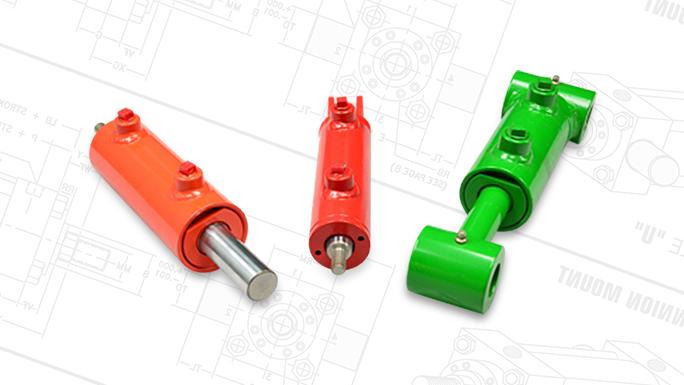How Long Does It Take to Rebuild a Hydraulic Cylinder?


It can take anywhere from 2-5 days to repair or rebuild a hydraulic cylinder. Sometimes, it can even take a full week. It all depends on what damage the heavy vehicle or equipment has endured, the quality of the original components, how well the equipment has been maintained, and how long the equipment has been in operation.
If you’re not sure whether your hydraulic cylinder needs repaired or rebuilt, keep reading this article. We’ll start with a brief overview of hydraulic cylinders, including their estimated lifespan.
Hydraulic cylinders are responsible for moving heavy loads without the use of pulleys or gears. When these cylinders fail, it can cause production downtime and profit loss. If well-maintained, you can expect hydraulic systems to last up to 15 years on average before they need to be rebuilt or replaced.
However, there are many factors that will impact the lifespan of a hydraulic cylinder, including its total number of extend and retract cycles, system maintenance, held tolerances, and the quality of raw metal stock used for the piston and seals. If the wrong metal was used or the cylinder was not properly maintained, don’t expect it to last for the estimated 15 years.
In general, it’s best to stay vigilant and address signs of damage as they appear.
The first sign that your cylinder needs repair may be the loss of smooth and consistent piston movement. A type of “juddering” may occur when the cylinder is moving up or down that is jerky, hesitant, or stilted. Continued use of the equipment can make the situation worse, and the faulty operation can be caused by worn seals, a bent piston rod, or insufficient lubrication.
Other signs that you may need a rebuild or repair include:
If you’ve noticed any of these signs, you should have your cylinder inspected as soon as possible. In addition to the safety risks of using heavy equipment that is nearing a failure, a damaged cylinder can cause slip-and-fall accidents due to leaking fluid, pose an increased fire risk, and can lead to environmental contamination.
All types of hydraulic cylinders can be rebuilt, including tie rod, welded, and mill duty cylinders. Yates Industries can determine the state of your rebuilt hydraulic cylinders.
While it’s important to immediately identify and address signs of damage, you should also know how to prevent damage from happening in the first place. Some of the most common causes of damage in cylinders include:
Don’t overlook the signs of a failing hydraulic cylinder. The earlier you catch most failures, the easier and less expensive it is to have them repaired. When you do catch signs of failure, you can turn to Yates Cylinders. In business since 1972, we’re a leading provider of ISO-certified cylinder repairs and rebuilds, and can service tie rod, mill duty, and welded cylinders.
If you have general questions about rebuilds, or would like to request a quote, please contact us today.
